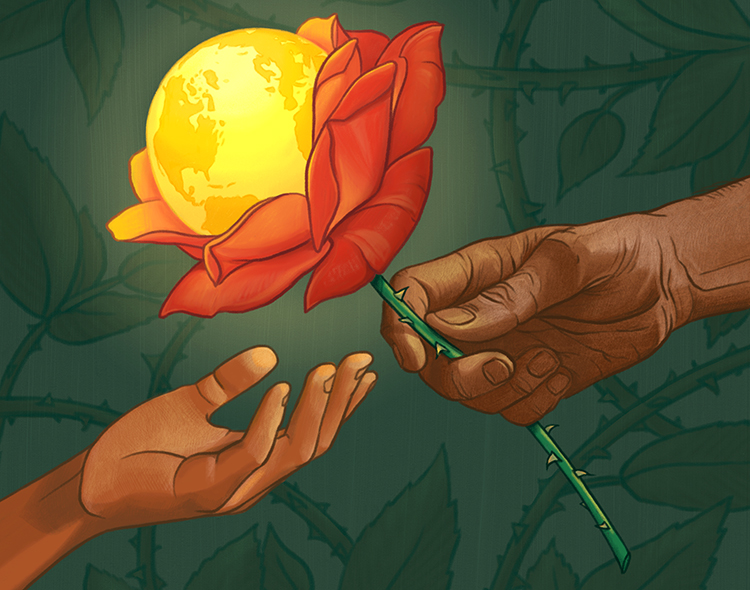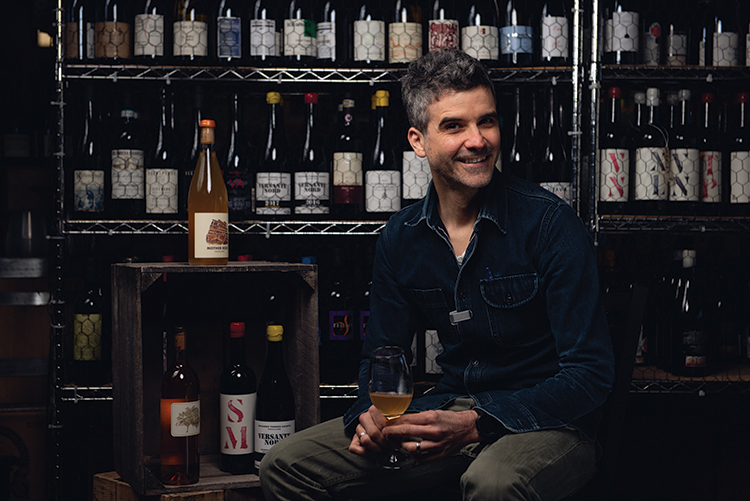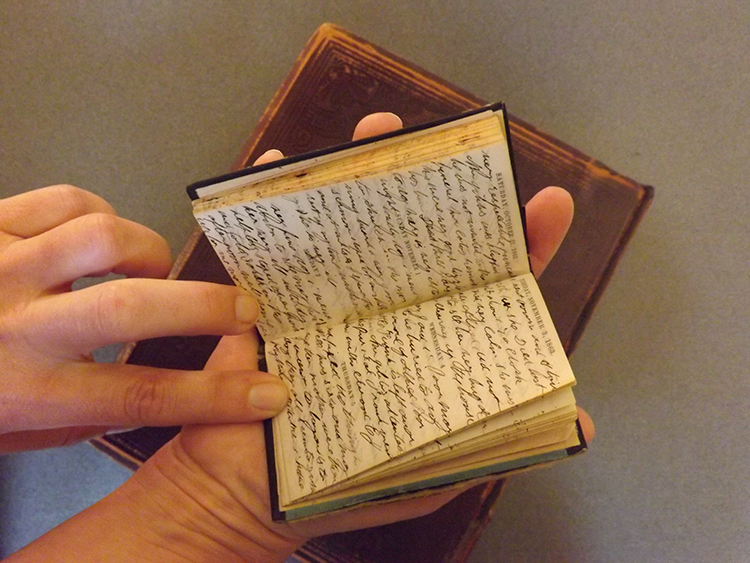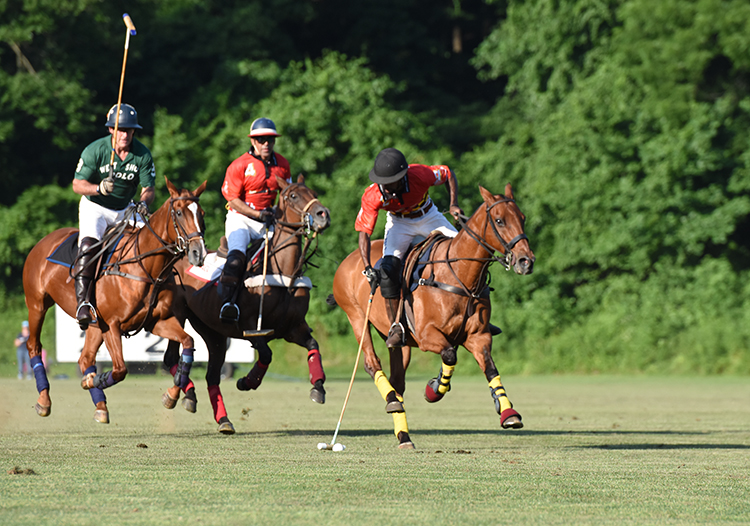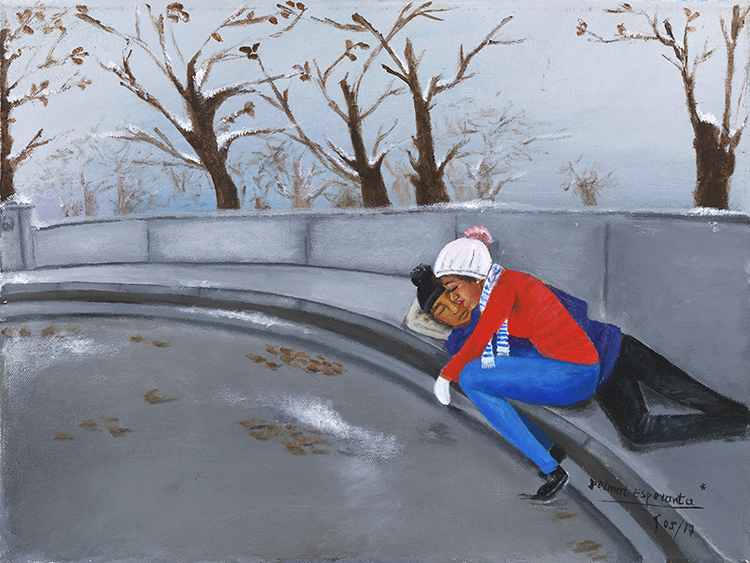By Randy LoBasso
Each year, the U.S. Census conducts its American Community Survey, asking people around the country what sort of transportation they use to get to work.
Every time it’s released, it seems someone in the media attempts to use the numbers to come to a definitive conclusion about bicycling. For instance, bicycling in Philadelphia fell to 1.9 percent of commuters in 2015. So, one Philadelphia Daily News columnist concluded, predictably, that bicycling was “on the decline.”
Since that newspaper column, the trend has reversed. The census found bicycling to work in Philadelphia increased to 2.6 percent in 2017—a 20.5 percent increase over 2016—and a more than 350 percent increase since 1990.
This is happening as many cities around the country, including San Francisco, Oakland and Seattle, have seen decreases in their latest year-to-year numbers. The City of Brotherly Love can count itself as the most-biked big city, per capita, in the country.
This upward cycling trend in Philadelphia can’t be explained by one particular factor. So here are five:
A Longstanding Tradition
With the creation of new bike lanes, dockless bike share, e-scooter sharing and bicycle-friendly housing going up in cities, Americans are utilizing alternatives to motor vehicles like never before.
Twenty years ago, few would have dreamed that Los Angeles would be installing protected bike lanes so residents could pedal through Venice Beach on their way to work.
Philadelphia, on the other hand, has had a strong bicycling tradition for decades. The people who would eventually form the Bicycle Coalition of Greater Philadelphia, where I work, began meeting at 30th Street Station in 1972.
One of their goals was simply to have more access for bicyclists on our streets, trails and bridges. Within a year, they found their first fight: allowing cyclists on the Benjamin Franklin Bridge walkway. By the following year, they’d won that battle.
Since then, Philadelphia’s cycling culture has only gotten stronger. The Philadelphia International Cycling Classic began running in 1985 and has utilized the river trail and Manayunk’s treacherous hills for more than 30 years. Today there are several Facebook groups, such as CycleScenePHL, which organizes monthly rides that are attended by dozens, and Kidical Mass Philadelphia, which arranges family-friendly bike rides.
Cycling is in Our Geography and the City’s Bones
Bike advocate Russell Meddin likes to tell the story about traveling to Lyon, France, in 2006. While there, he noticed something familiar: A flat city whose downtown sat between two rivers. He saw cyclists everywhere, some using a bike-share system, and realized how easy bike rentals could be.
“While I was in Lyon, the person who I was visiting told me about how the system changed her life and had made it so much easier for her to get to her job at the university and saved her time from either taking the subway or driving,” Meddin told bikeshare.com in 2013. “I started thinking that it would be great in Philadelphia because Philly and Lyon are very geographically similar.”
A Philly native, he brought the idea for bike sharing back to his native city and, in 2015, Indego Bike Share became a reality.
Our small, Colonial-era streets are often pothole ridden and in need of a fresh dab of paint, but in some ways they’re perfect for cycling. Given how narrow they are—especially compared to those of West Coast cities—cars have to drive more slowly and, therefore, it’s easier to navigate on a bike.
Our Infrastructure Is Growing
Philadelphia installed its first protected bike lane in 2015 on Ryan Avenue in Northeast Philadelphia. Since then, cycling advocates and avid supporters of safer streets have fought to bring about more changes on the ground.
A years-long advocacy battle concluded (for now) on Chestnut Street in 2016 with a new protected bike lane installed for 11 blocks in West Philadelphia.
Protected bike lanes were installed on John F. Kennedy Boulevard and Market Street in 2018 after nine years of advocacy, and last month, several Center City civic organizations unanimously voted to make both lanes permanent.
This year we will see improvements on Spruce, Pine, 10th Street, 13th Street, American Street, and, perhaps, Fifth, Sixth and Second Streets.
This is all happening now because of the relentless push cyclists—who just want to ride safely—have made over the years.
Cycling is Cheap
Philadelphia is not only the most-biked big city in the U.S., it’s also the poorest. Sure, some of the most-ridden streets in the city are downtown, but many of the most frequent cyclists live in Philadelphia’s underserved communities.
Many don’t necessarily identify as “cyclists,” per se, but for the city’s working class and those living paycheck-to-paycheck, cycling makes the most financial sense.
Additionally, as I discussed in last month’s “Bike Talk” column, sometimes immigration status makes cyclists reluctant to answer census surveys; but those “invisible cyclists” are an important part of our community.
Trails
If you only use Philadelphia’s unique trail system on weekends, boy, are you missing out. The Wissahickon Trail, Kelly Drive Trail and Martin Luther King Jr. path are some of the easiest ways to commute to and from Northwest Philadelphia.
Some of the biggest gains in bike commuting over the past five years have been happening in Germantown, Mt. Airy and Manayunk; and, in fact, the census found that Wissahickon Valley (the neighborhood in Northwest Philly that is accessible to the path and isn’t up any of the challenging hills) has the city’s largest percentage of people (27.3 percent) who commute by bike. Areas of East and West Mt. Airy and Germantown have also seen jumps in bike commuting over the last several years.
The work of bicycle advocates is often an uphill climb, and we can’t coast on our good statistics, but Philly is poised to keep the upward trend going.




